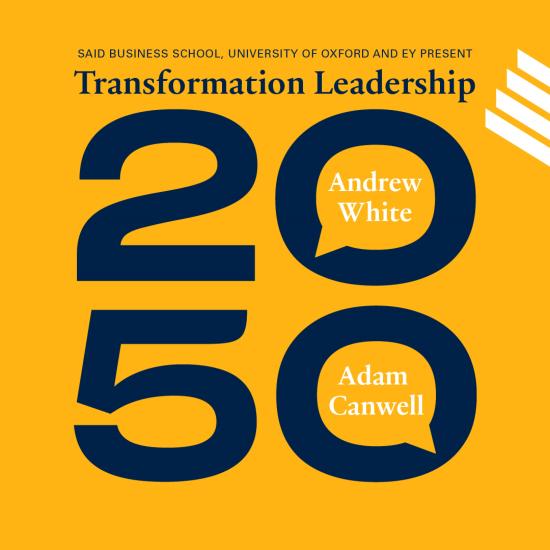Saïd Business School and EY study reveals leaders prioritising a human-centred approach to transformation turning points are up to 12x more successful.
Download the full 2024 Humans@Centre report ‘Transformation leadership: navigating turning points’.



